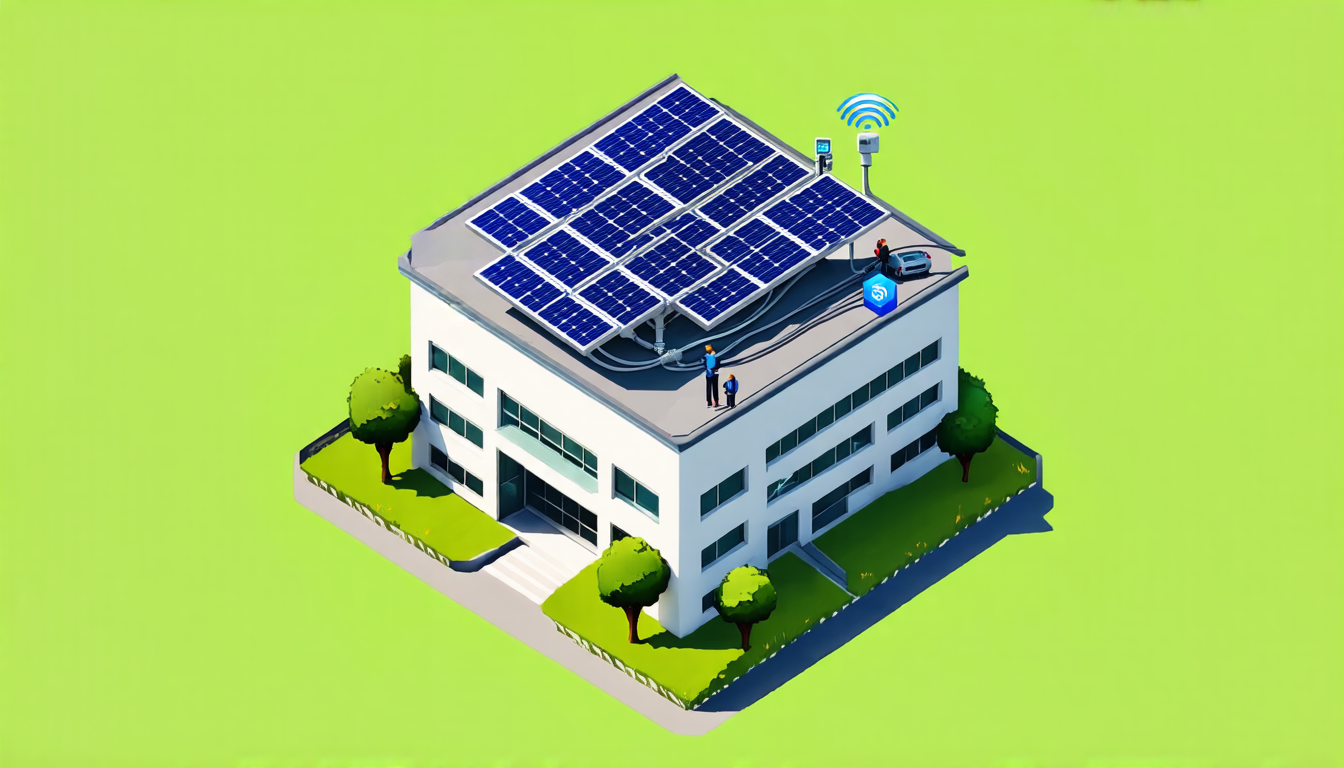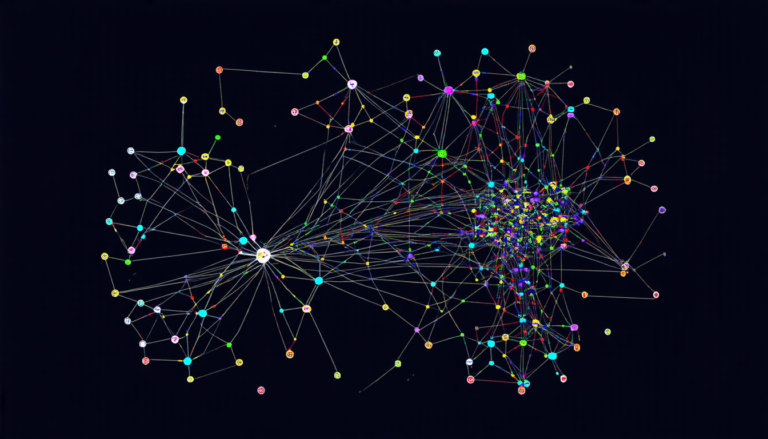Friday 01 August 2025
The quest for efficient energy consumption in smart buildings has led researchers to develop innovative methods for predicting and optimizing energy usage. A recent study published in a prestigious journal sheds light on a novel approach that leverages statistical analysis and machine learning algorithms to streamline data processing and improve forecasting accuracy.
In the past, building energy consumption prediction relied heavily on manual meter readings and simplistic models. However, with the rise of the Internet of Things (IoT) and smart infrastructure, researchers have been working to develop more sophisticated methods for predicting and optimizing energy usage in real-time.
The study in question presents a novel approach that employs statistical analysis and machine learning algorithms to identify strong correlations between environmental parameters and energy consumption. By reducing the dimensionality of the input data through hypothesis testing, the researchers were able to create a more concise dataset that can be used to train accurate predictive models.
The team’s methodology involved collecting data from various sensors installed in a smart office building, including temperature, humidity, lighting levels, and energy consumption. They then applied statistical analysis techniques to identify strong correlations between these variables and energy consumption.
Using machine learning algorithms, the researchers trained multiple predictive models on both the full dataset and the reduced dataset. The results showed that the models trained on the reduced dataset performed equally well or even better than those trained on the full dataset, while requiring significantly less computational resources.
The study’s findings have significant implications for the development of smart building infrastructure. By reducing the dimensionality of input data, the researchers’ approach can improve the accuracy and efficiency of energy consumption prediction models. This can lead to more effective energy management strategies, reduced energy waste, and lower costs for building owners and operators.
Furthermore, this research has broader applications in various domains, such as precision agriculture and smart cities. The integration of IoT sensors and advanced analytics can enable more efficient resource allocation and decision-making in a wide range of industries.
The study’s authors are currently exploring the potential of their approach in other contexts, including real-world deployments in commercial and residential buildings. As the world continues to grapple with the challenges of sustainable energy consumption, innovative research like this is crucial for driving progress towards a more efficient and environmentally friendly future.
Cite this article: “Streamlining Energy Consumption Prediction in Smart Buildings through Statistical Analysis and Machine Learning”, The Science Archive, 2025.
Smart Buildings, Energy Consumption, Machine Learning, Statistical Analysis, Iot Sensors, Data Processing, Energy Optimization, Predictive Models, Building Infrastructure, Sustainable Energy.







